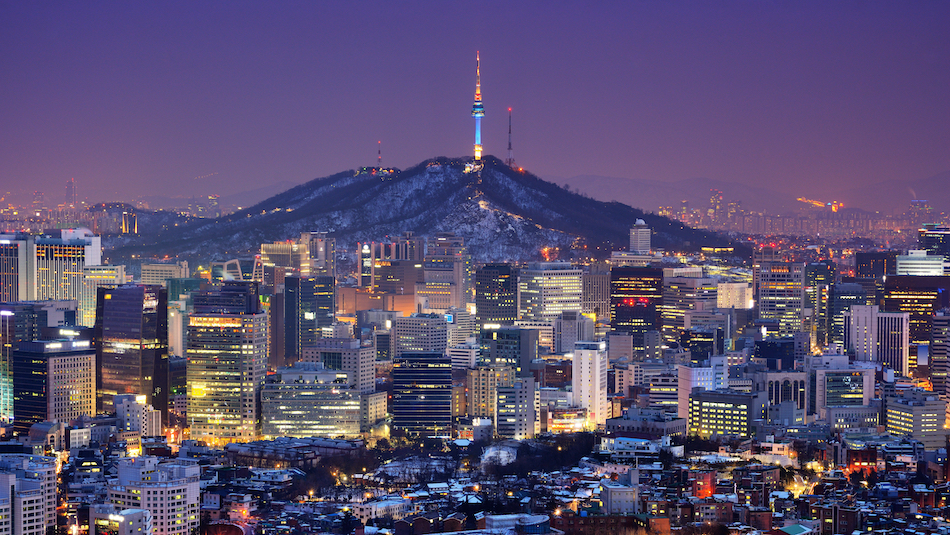As early as 1944, with World War II still raging, American leaders knew the next big conflict would be between the United States and the Soviet Union. In the post-war chaos, this conflict settled into what would become known as the Cold War; decades of tension, posturing, and arms races between the two great superpowers. Though the US and USSR never overtly went to war with each other, they did fight ‘proxy wars’ from time to time. The first of these began on June 25, 1950, when troops from North Korea crossed into South Korea, beginning the Korean War.
Korea was part of the Japanese Empire since its controversial annexation in 1910. However, after Japan surrendered to the Allies in 1945, the question arose of what to do with former imperial territory. The Korean people certainly wanted to be free of imperial control. Much like how Berlin was partitioned, the Allies divided the Korean peninsula along the 38th parallel. The Soviet Union would administer the north while the United States took responsibility for the south.
Each nation imposed their own ideas on their part of Korea. The United States supported capitalist dictator Syngman Rhee, while the Soviets backed the communist Kim Il Sung, founder of the Kim dynasty. Border skirmishes were common, as both leaders felt they deserved to rule all of Korea, not just half of it. However, the whole world was surprised when Kim sent 75,000 soldiers, with the backing of Soviet Russia and Maoist China, over the border to invade South Korea.
Other world leaders took this seriously; many felt it was the first attempt by the Soviet Union to spread Communism across the globe. If Korea fell, certain politicians thought, the rest of Asia and then the world would not be far behind. Intervention thus became a political necessity.
Two days following the invasion, President Harry S Truman ordered a “police action” in South Korea. What unfolded over the next three years was one of the bloodiest and deadliest wars fought in Asia. Though the United States would only lose around 55,000 soldiers in the conflict, total deaths are estimated to be between two to three million. At least half of those deaths are presumed to be civilians caught in the fighting; nearly every Korean city suffered heavy damage during the war.
The tide of war turned after General Douglas MacArthur took the port city of Inch’on. In July 1953, both sides signed an Armistice Agreement. This treaty brought an end to the fighting, but not to the war. Both North Korea and South Korea consider themselves to still be at war with each other, and the Demilitarized Zone along the 38th parallel remains one of the most heavily surveilled places on the planet. However, in recent years, South Korea has agreed to work with China and bring official peace between the two nations.

